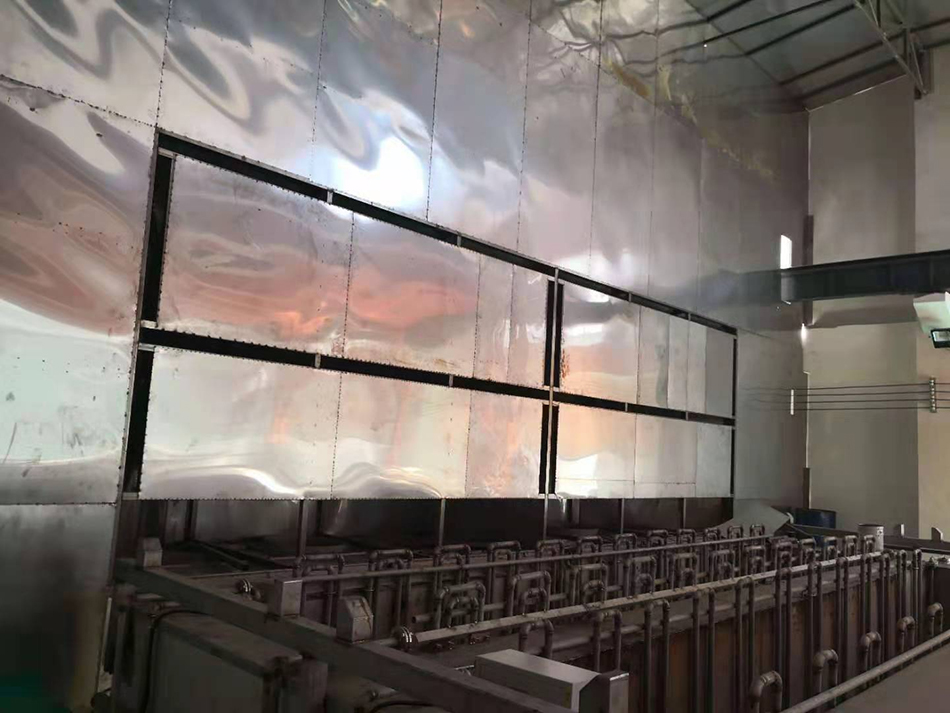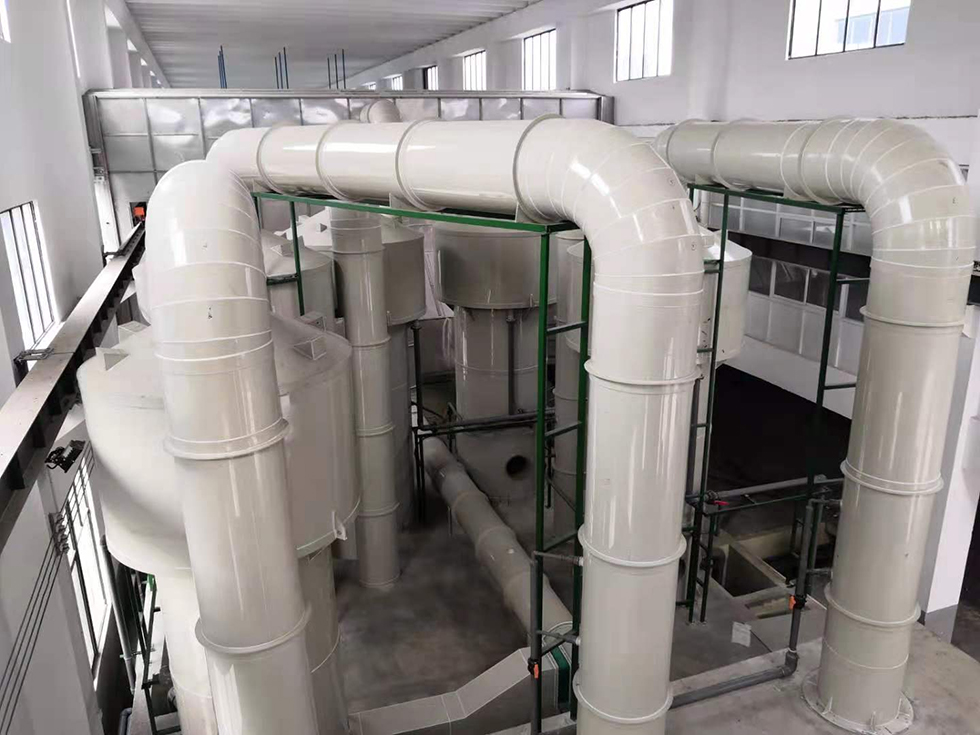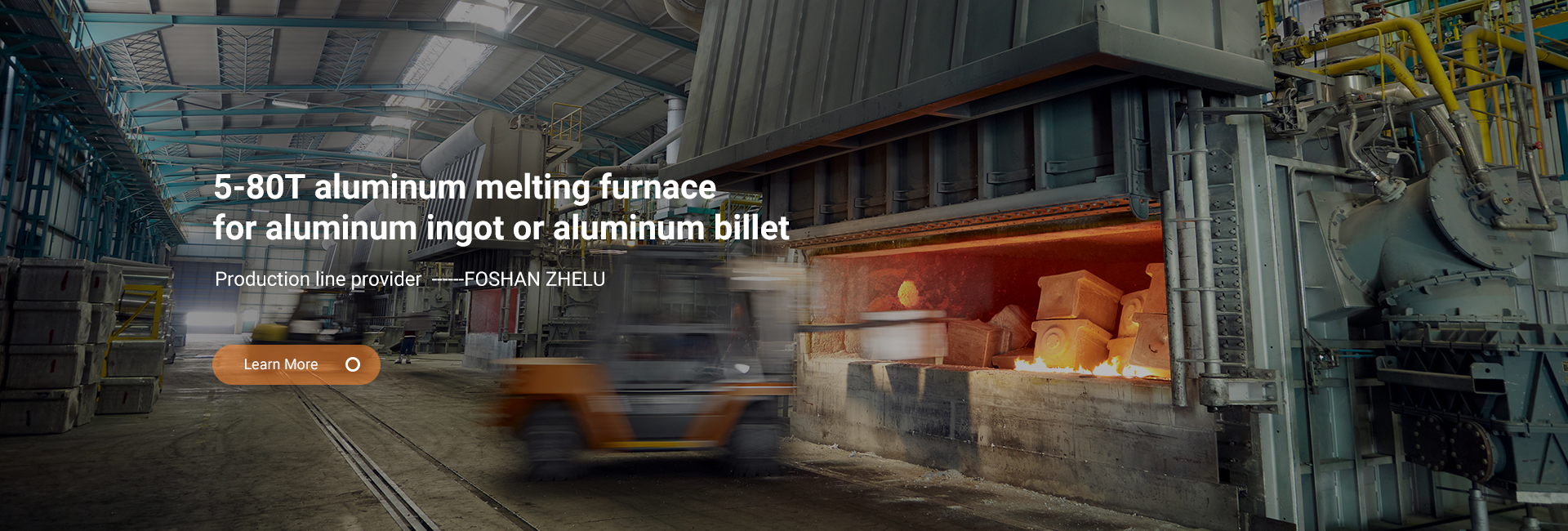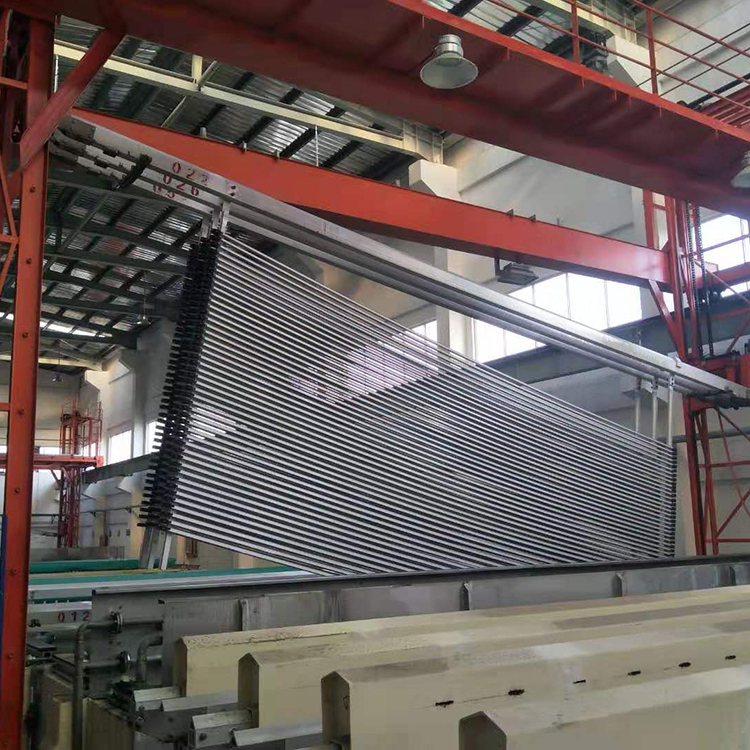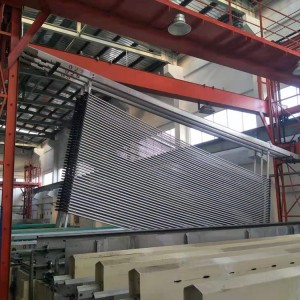high quality anodizing machine semi auto aluminum anodizing line
①Aluminum profile surface treatment:
Surface treatment of aluminum profiles, also known as surface pretreatment, is to use physical and chemical substances to remove the dirt on the surface of aluminum profiles, so that the aluminum profile body is exposed, which is convenient for the later oxidation treatment of the aluminum profile surface.
②Aluminum profile surface degreasing process:
The purpose of the degreasing process for aluminum profiles is to remove industrial lubricating oil and anti-corrosion oil on the surface of aluminum profiles, as well as dirt and impurities adhering to the surface of profiles, to ensure uniform alkali corrosion of aluminum profiles, and to ensure the cleanliness of alkali etching tanks; and to improve the surface treatment quality of aluminum profiles.
③Aluminum profile acid etching process:
The acid etching process on the surface of aluminum profiles is to carry out surface acid corrosion treatment after degreasing the aluminum profiles. The main purpose is to remove the oxides formed after the oxidation of other metal elements on the surface of the aluminum profiles and the oxide films naturally formed by the profiles; it needs to be immediately after the acid corrosion treatment. Carry out water washing, and the temperature of water washing is controlled as early as 50 °C to avoid flow marks on the surface of the profile, and then clean with flowing water. Since the aluminum profile contains copper element, the surface becomes dark after acid corrosion, and it needs to be soaked in nitric acid solution for 3-5 minutes to make the surface bright silver.
④Alkaline etching process of aluminum profiles:
The main purpose of the alkali etching process of aluminum profiles is roughly the same as the acid etching process, to remove the residual substances and metamorphic layers on the surface of the aluminum profiles during the oxidation process, and to eliminate the scratch defects left on the surface of the aluminum profiles during the extrusion process; The surface alkali etching treatment plays a crucial role in the overall quality of the aluminum profile surface.
⑤Aluminum profile neutralization process:
The purpose of the aluminum profile neutralization process is to remove the copper, manganese, iron, silicon and other alloy elements or impurities that remain on the surface of the aluminum profile after acid etching and alkali etching treatment, which are insoluble in alkaline solution, and neutralize the aluminum profile. The lye remaining after the alkaline etching treatment is generally used to use a 30%-50% nitric acid solution. For high silicon aluminum alloys, cast into alloys, using a mixture of nitric acid and hydrogen fluoride in a volume ratio of 1:3 acid. Silicon reacts with hydrogen and hydrofluoric acid to form fluorosilicic acid and leave the aluminum surface.
⑥Anodizing treatment of aluminum profiles:
The method of anodizing the aluminum profile is to use the solution as a medium, and use the tip discharge to form an oxide film on the surface of the aluminum profile, so that the aluminum profile has super corrosion resistance, due to the protective layer obtained by the anodized aluminum profile It has high hardness and corrosion resistance, and the standard thickness is 10-12μ, which can better improve the oxidation resistance of aluminum profiles and improve the aesthetics of the profiles.
Sulfuric acid anodization usually uses 10-20% H2SO4 as the electrolyte, the working temperature is 15-20 ℃, the current density is 1-2.5A/dm2, and the electrolysis time depends on the film thickness requirements, generally 20-60min. The most common power source is direct current. The applied voltage varies depending on the conductivity, temperature and aluminum content of the electrolyte. Generally, it is 15-20V. The process parameters have a significant impact on the performance of the membrane.
⑦Aluminum profile surface sealing treatment:
After the aluminum profile is anodized, micropores will be formed on the surface, which is easy to be oxidized and corroded during use. Sealing treatment should be carried out after anodizing treatment. The hole process originates from Europe), sulfuric acid anodizing usually uses 10-20% H2SO4 as the electrolyte, the working temperature is 15-20 ℃, the current density is 1-2.5A/dm2, the electrolysis time depends on the film thickness requirements, generally in 20- 60min. The most common power source is direct current. The applied voltage varies depending on the conductivity, temperature and aluminum content of the electrolyte. Generally, it is 15-20V. The process parameters have a significant impact on the performance of the membrane.
